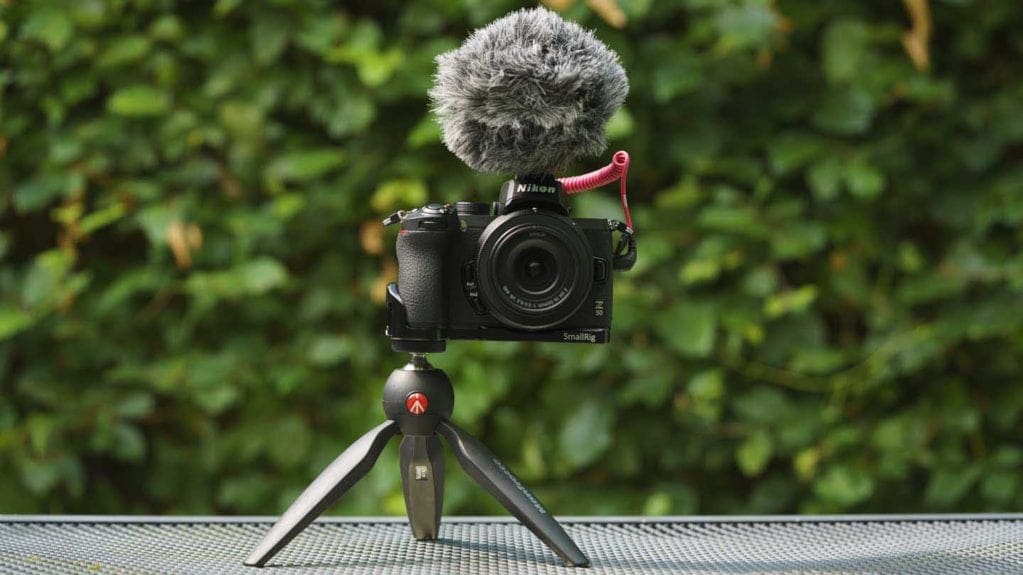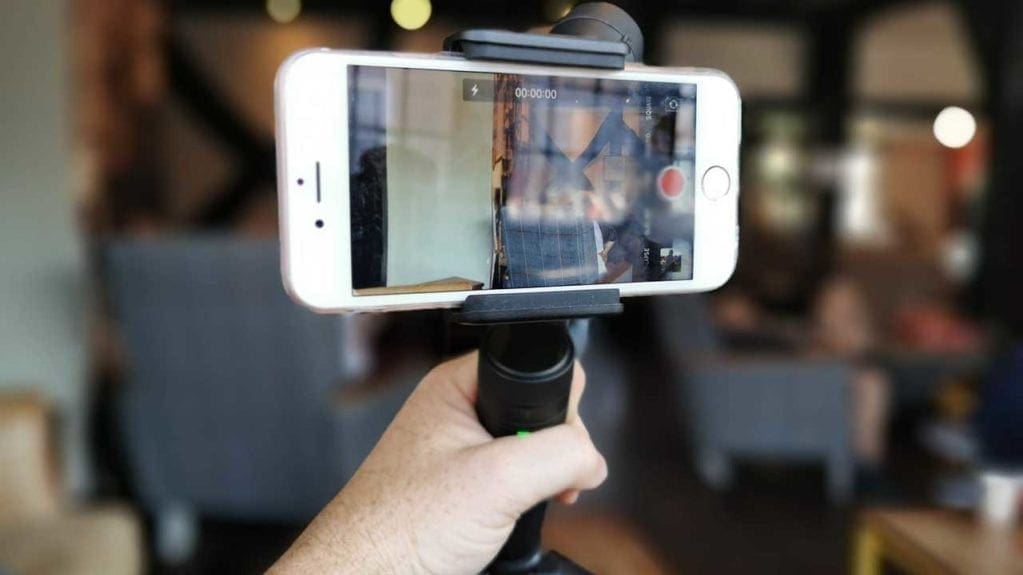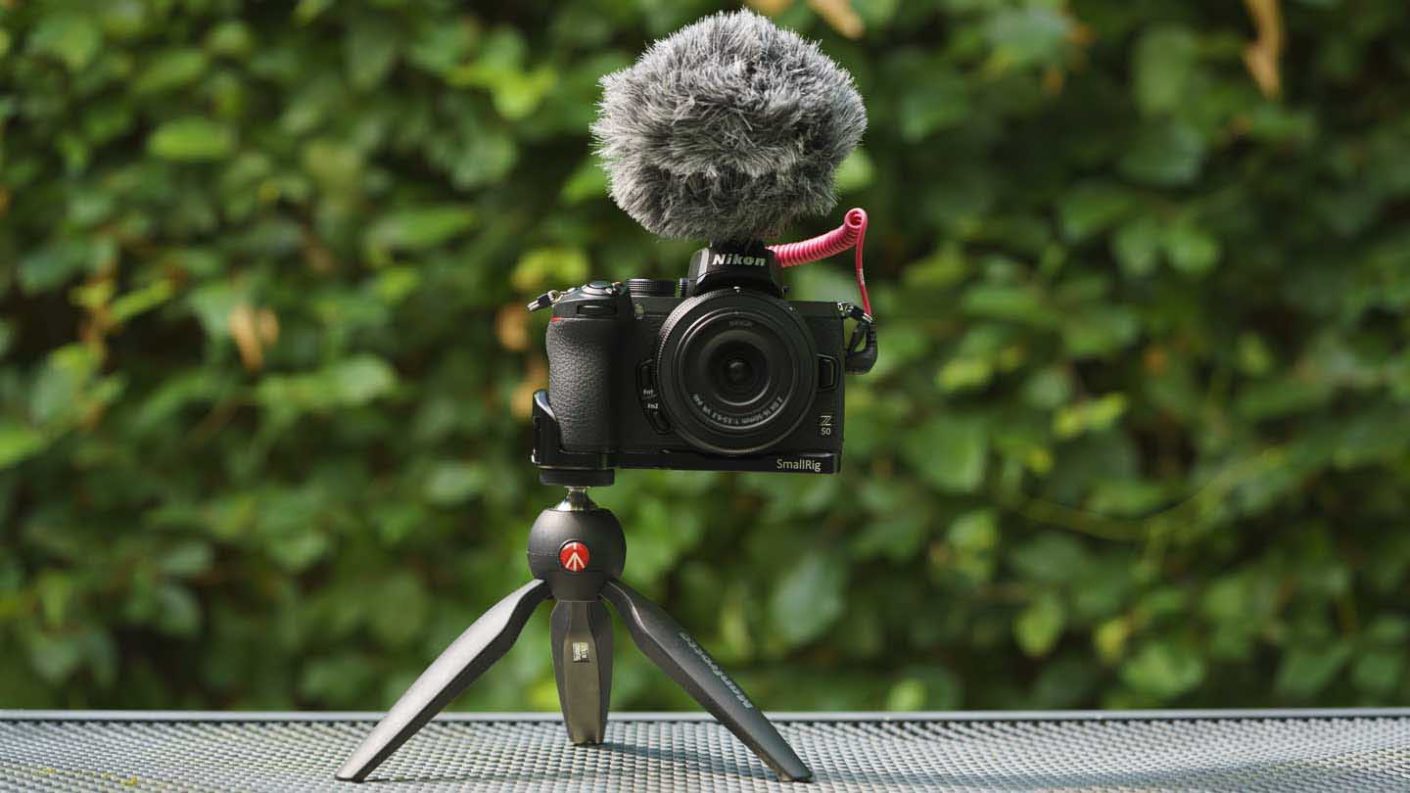Vlogging and streaming are two of the most popular ways for content creators to share videos online. Creating video for your own YouTube channel can be fulfilling for many reasons, whether it’s an outlet for your creativity or a way to earn a bit of money doing something you love.
However vlogging and streaming do come with their challenges. More gear is required for video than it is for stills photography. File sizes are huge. Editing times are longer. And there’s also audio to think about. But don’t be daunted! Anyone can pick up vlogging and streaming, and in the guide below we’ll tell you everything you need to know to get started and how to choose the best cameras for video. But first…
What is the difference between vlogging and streaming?
From a technical perspective, a stream is recorded live, in real time, and broadcast to your social media channel, while a vlog is typically pre-recorded, edited and uploaded to your channel. A vlog is more like a diary. Its aim is to communicate the subject’s personal thoughts and experiences and build a personal connection with the audience.
A live stream is more interactive. You are engaging with an active audience in real time. Live streams are most effective when they are done at consistent times, or promoted.
Getting started in vlogging and streaming
The first thing to consider when starting out in vlogging and streaming is… what do you want to say? What are your interests? What are you passionate about? Many video gamers, for instance, start gaming channels where they show how to beat popular games.
Maybe you are really into vegan cooking? Or perhaps you like to restore motorcycles? Finding this common hook or theme is the first thing you need to do. Your subject matter will determine what gear you need. For instance, if you’re filming those motorcycle restoration projects in your garage, you might need more lighting and a smaller camera, such as a GoPro rather than a DSLR.
One thing to keep in mind: your best shot at success is finding a niche with low competition. If you’re starting a gaming channel, just remember there are tens of thousands of these already out there. Narrow your focus a bit. Maybe focus on one game.
Once you become the best in an area of low competition, it’s much easier to expand your scope.

What to look for in a vlogging camera
The best cameras for vlogging will be those that offer some enhanced video features and the opportunity to use accessories such as a microphone. Key specs to look for in a vlogging camera include:
An external microphone port. This is crucial to recording good audio. We’ve rounded up the best microphones for vlogging that we’ve used.
In-body image stabilisation, or IBIS. This sensor shifting technology has been a game-changer for many vloggers, as it allows users to shoot video handheld and capture stable footage. Many new cameras now offer this technology. Here we’ve rounded up which cameras have IBIS to help you choose.
A vari-angle screen is also very useful for vloggers. A fully articulating screen, such as the one on the Panasonic GH5, lets you flip the screen over and frame yourself in your videos. This saves so much time in trial and error. Here you can see a round-up of the best cameras with flip out screens.
Ideally 4K video at 60fps, but as a minimum you’ll want at least Full HD resolution with a frame rate of 24 or 30fps. 4K at 60fps gives you more options when editing. If you can record 4K video at 120fps, that allows you to create slow-motion effects.
These are really the key specs you should be looking for in your first vlogging camera. The bigger the sensor, the better, but even the best beginner full-frame cameras can be too expensive if you’re just starting out. Small cameras like the GoPro Hero10 Black, and its front-facing screen, are perfect for filming vlogs. Our guide to the best cameras you can buy today looks at what’s available in all sectors of the market.
What to look for in a live streaming camera
Live streaming requires a lot of data transfer, so when choosing the best cameras for live streaming you’re going to need something a bit more powerful. That said, plenty of people live stream from their smartphones or action cam. From the GoPro Hero8 Black onwards users have been able to live stream from their GoPro camera. Check out our guide to the best action cameras for a look at what’s available in the market today.
Web cams have also improved over the years, and many affordable cams out there let you stream in Full HD with a wide angle of view. Some even boast integrated omni-directional mics. These need to be connected to your computer, though, so you are a bit limited in what you can do with them.
Traditionally people have opted for a DSLR or mirrorless camera because of the bigger sensor, but smartphone image quality is improving every year. For this guide, however, we’ll assume you’re looking to move away from using your smartphone and use a more traditional camera. Key specs you’ll want to look for include:
You’ll want a camera that offers an HDMI output or USB port. If your camera has an HDMI out or USB port you can use it as a webcam for live streaming. All you need is a USB or HDMI cable, software that allows for plug-and-play streaming and compatible video conferencing software. Or you can connect it via a capture card.
You’ll also need a bitrate of 1000Kbps at a minimum, but rates when live streaming can also be much higher.
Heat management is something else to consider. Live streaming for long periods will cause your camera to get very hot. Early reports of the Canon EOS R5, for example, highlighted an issue where the camera would get too hot and couldn’t carry on filming. Look for a camera that allows you to plug it into the mains for continuous power. This should stop it from overheating.
Some cameras also have dedicated live streaming software built-in. The Canon PowerShot G7X Mark III and EOS M50 Mark II, for instance, have a built-in compatibility with YouTube that allows you to live stream to your channel directly from the camera provided you’re on a WiFi network (YouTube also limits this functionality to accounts with 1000 subscribers or more).
Power options for live streaming
You’ll want continuous power during your live streams so that your battery doesn’t die during filming. If you’re using a USB web cam, this will simply plug into your computer, which is plugged into the mains.
If you’re planning to stream with a traditional camera, you’ll want a camera body that has an AC port so you can plug it into the mains. The key is having that continuous power. Even if you have several charged batteries on hand, this will still mean having to stop your stream to change them.
Which lens for vlogging and streaming
The best lenses for vlogging and streaming depends a lot on your subject. How much background do you want to include? How close will the camera be to you or your subject? How much of the scene do you want in focus?
A 50mm lens, or ‘nifty fifty’, gives the truest representation of what the human eye can see and is always a popular choice. However, a 35mm lens provides a slightly wider view with more environmental context, yet isn’t so wide that it creates distortion effects. Check out our guides on the best 35mm lenses and best 50mm lenses for more detail on what’s available.
On the other hand, a solid 28-70mm zoom can see you through most of your filming requirements.

Key accessories for vlogging and streaming
It’s possible to vlog or live stream on a budget, but there are a few key accessories you’ll want to have:
- Tripod or gimbal
- Continuous lighting
- Microphone
- Power option
- Fast memory card
Tripod / gimbal
Stable footage is the key to any successful video. No one likes shaky video. If you’re vlogging or stream and you know you will be largely stationary or contained to a small area, then a tripod will do you just fine. The best tripods have lightweight, yet solid, leg support and you’ll either want a dedicated video head for your tripod or one of the best gimbal heads.
A gimbal isn’t really suitable if you’re filming yourself. You will only be able to hold it at length with your arms outstretched for so long. But if you’re streaming a live gig, for instance, or any live event, a gimbal gives you the flexibility to move around the venue and shoot from different angles and vantage points. You can create a sense of the space for the viewer. Our guide to the best gimbal stabilizers goes into detail on the options available.
Lighting your vlogs and live streams
You’ll want a continuous light for your videos, as opposed to a flashgun. You can get very good quality LED light panels these days for not very much money. How much lighting you need depends on the size of the space where you’re filming and how many subjects there are. The bigger the room, the more light you’ll need. For most one-person vlogs, though, a a simple dimmer LED unit should do the job.
Check out our guide to the best LED light panels for filming video for a breakdown of your options.
Microphones for vlogging and streaming
Whether you’re vlogging or streaming, audio is crucial. Up above we recommended a tripod or gimbal. Without one of those, would you be willing to sit through a video that’s shaky and jumping all over the place? Now consider if you would be willing to sit through a video with faint sound or excessive wind noise? It’s too distracting. A simple microphone can instantly improve the quality of your footage and increase engagement on YouTube.
The best vlogging microphones work just as well for streaming and will cost you under £75 / $100 in most cases. If you’re serious about vlogging or streaming, investing in a cavalier or shotgun mic – either wired or wireless – will make all the difference to your videos.
Memory cards for vlogging and streaming
The best memory cards for video will offer fast read and write speeds. Write speeds describe how quickly images or video can be saved to a card. Read speeds denote how fast data can be retrieved from a card; for example, when transferring your video footage to an external hard drive. Generally read speed is always faster than write speed, but write speed is absolutely essential for video as you’ll need your cards to have both the speed and the capacity to deal with recording large amounts of digital video data.
As a rule of thumb if you’re shooting 4K RAW video you’ll need write speeds of at least 75MB/s for it to keep up without dropping frames. The highest V rating is V90, which denotes a minimum sustained speed of 90MB/sec. The other V Class ratings are V60, V30, V10 and V6, in which the numbers denote the MB/sec speed.



